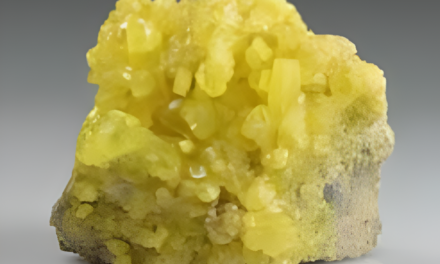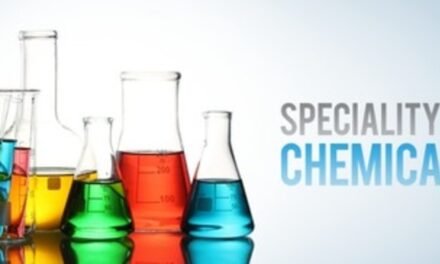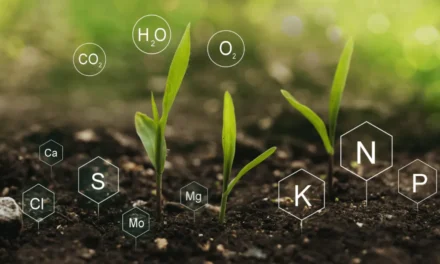Explosives and propellants have diverse applications across defense, aerospace, industrial, and commercial sectors. These energetic materials are indispensable for operations that require controlled release of energy, whether for destruction, propulsion, or special effects. Below is a detailed breakdown of their primary applications:
Applications of Explosives
1. Defense and Military
- Weapons Systems:
- High explosives are used in bombs, missiles, and warheads for military operations.
- Examples: TNT, RDX, and C-4 in grenades, landmines, and artillery shells.
- Demolition Charges:
- Used to destroy enemy infrastructure or clear obstacles.
- Shaped Charges:
- Explosives designed for penetrating armor or concrete.
- Example: Explosively formed penetrators (EFPs) in anti-tank weapons.
2. Mining and Quarrying
- Blasting:
- Used to break apart rock formations for resource extraction.
- Examples: Dynamite, ammonium nitrate-fuel oil (ANFO).
- Controlled Explosions:
- Precision blasting techniques for minimal environmental impact.
- Applications:
- Coal mining, gold mining, and stone quarrying.
3. Construction and Demolition
- Controlled Demolition:
- Explosives are used to bring down structures safely and efficiently.
- Example: Implosion of buildings using shaped charges.
- Tunneling and Excavation:
- Used in constructing tunnels, roads, and dams.
- Examples: Blasting gelatins and ANFO for large-scale excavation.
4. Pyrotechnics and Fireworks
- Entertainment:
- Explosives create visual and auditory effects in fireworks displays.
- Special Effects:
- Used in movies and stage performances for dramatic explosions.
- Applications:
- Fireworks for celebrations, smoke bombs for theatrical effects.
5. Aerospace
- Separation Systems:
- Explosives facilitate stage separation in rockets.
- Example: Linear shaped charges for space launch vehicles.
- Ejection Seats:
- Explosive charges deploy ejection seats in aircraft emergencies.
6. Oil and Gas Industry
- Perforation:
- Shaped charges are used to create pathways in oil and gas wells to improve flow.
- Seismic Exploration:
- Small explosive charges generate shock waves to map underground resources.
7. Law Enforcement and Security
- Explosive Ordinance Disposal (EOD):
- Specialized explosives are used to neutralize bombs or IEDs.
- Tactical Breaching:
- Explosives allow law enforcement to gain entry into secure areas during operations.
Applications of Propellants
1. Aerospace and Space Exploration
- Rocket Propulsion:
- Propellants provide thrust to launch and propel spacecraft and rockets.
- Examples:
- Solid propellants: Ammonium perchlorate-based composites.
- Liquid propellants: Liquid hydrogen (LH2) and liquid oxygen (LOX).
- Satellite Maneuvering:
- Propellants are used in thrusters for orbital corrections and station-keeping.
- Example: Xenon for ion thrusters in electric propulsion systems.
- Space Probes:
- Long-duration missions use advanced propellants like hydrazine or green alternatives.
2. Defense and Military
- Missiles and Artillery:
- Propellants provide energy to launch and propel projectiles to targets.
- Examples: Smokeless powders in firearms, solid propellants in missiles.
- Torpedoes:
- Specialized propellants power underwater missiles for naval defense.
- Rocket-Assisted Munitions:
- Propellants extend the range of artillery shells and missiles.
3. Firearms and Ammunition
- Small Arms Ammunition:
- Propellants like smokeless powder propel bullets from firearms.
- Heavy Artillery:
- Large-scale propellants are used in tank shells and cannons.
4. Commercial Space
- Space Tourism:
- Propellants power reusable rockets and suborbital flights for private space travel.
- Examples: Hybrid propellants for Virgin Galactic’s SpaceShipTwo.
- Small Satellite Launches:
- Miniature launch vehicles use advanced solid or liquid propellants.
5. Pyrotechnics
- Model Rocketry:
- Hobbyists use small-scale solid propellants for model rockets.
- Fireworks Rockets:
- Solid propellants provide lift and thrust for aerial effects.
6. Automotive and Aerospace Safety
- Airbags:
- Propellants generate gas to deploy airbags in vehicles during a collision.
- Ejection Seats:
- Rocket propellants power ejection systems in military aircraft.
7. Industrial Applications
- Gas Generators:
- Used in mining and tunneling equipment for controlled propulsion.
- Pressure Vessels:
- Propellants power devices like pressure actuators and release systems.
8. Research and Development
- Experimental Propulsion:
- Propellants are used in developing new propulsion technologies for advanced aerospace systems.
- Examples: Nuclear thermal propulsion and hybrid rocket systems.
- Educational Use:
- Propellants are used in educational projects and scientific demonstrations.
Emerging Applications
- Green Propellants:
- Environmentally friendly materials like hydroxylammonium nitrate (HAN) are replacing toxic substances like hydrazine in spacecraft propulsion.
- Advanced Explosives:
- Insensitive munitions reduce accidental detonation risks in defense applications.
- Nano-Enhanced Materials:
- Incorporation of nanoparticles enhances energy density and performance for both explosives and propellants.
- Reusable Spacecraft:
- Advanced propellants support the growing trend of reusable launch systems like SpaceX’s Falcon 9.
Conclusion
Explosives and propellants are indispensable in industries ranging from defense and aerospace to mining and pyrotechnics. While explosives focus on releasing energy rapidly for destruction or movement, propellants are optimized for controlled energy release to generate thrust. Advancements in materials and technologies are enhancing their efficiency, safety, and environmental impact, driving innovation across their diverse applications.
Hashtags
#ExplosivesApplications #PropellantsInIndustry #HighEnergyMaterials #ExplosivesAndPropellants #ChemicalApplications #MilitaryAndDefense #MilitaryExplosives #AmmunitionChemicals #RocketPropellants #DefenseIndustryPropellants #AerospaceAndSpaceExploration #AerospacePropellants #RocketFuel #SpaceExplorationChemicals #SpacePropellants #RocketTechnology #MiningAndConstruction #MiningExplosives #ConstructionExplosives #BlastingMaterials #ExcavationExplosives

















